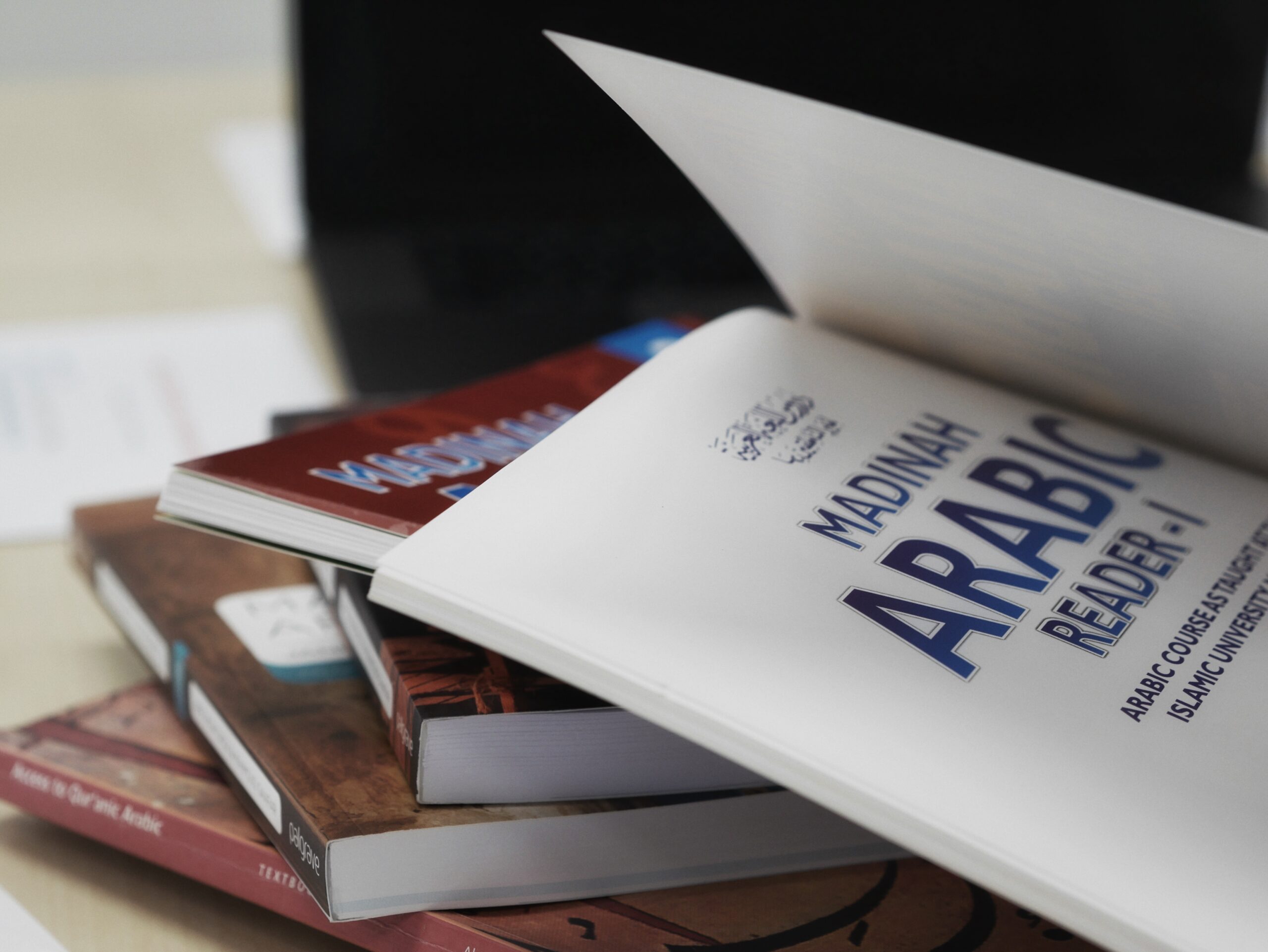The allure of the Arabic language, with its intricate script and profound history, beckons many to its study. Spanning vast geographies from the sandy dunes of the Sahara to the ancient civilizations of Mesopotamia, Arabic has been the voice of poets, scientists, and scholars who have left indelible marks on human history.
Keep in mind you can learn Arabic online with us.
Five Captivating Facts about Arabic:
1. Ancient Roots: One of the world’s oldest languages, Arabic boasts written records spanning over 1,500 years.
2. Global Reach: Holding the title of the fifth most spoken language globally, Arabic is the native tongue to over 400 million individuals.
3. A Mosaic of Dialects: Beyond Modern Standard Arabic, a multitude of regional dialects, each with its own flavor, can be found across Arab countries.
4. The Language of Faith: Arabic holds a special place in the hearts of billions as the language of Islam, with the Quran penned in Arabic.
5. A Unique Script: Arabic’s cursive style, written from right to left, has letters that elegantly change shape depending on their position in a word.
Reflections for Aspiring Arabic Learners
Learning a new language often transcends mere academic pursuit. It’s a personal journey filled with curiosity, challenges, and revelations. As you contemplate diving into Arabic, ponder upon these questions:
– What personal or cultural ties beckon you towards Arabic?
– How do you envision Arabic playing a role in your career or academic pursuits?
– In what ways do you believe learning Arabic will enrich your travel or global experiences?
– Which aspect of the language do you anticipate will challenge you the most? How do you plan to overcome it?
– As a Muslim, how might understanding the language deepen your spiritual insights or practices?
A Short Quiz for Beginners:
Let’s test the waters with a brief quiz:
1. Which direction is Arabic script written in?
– a) Left to right
– b) Right to left
– c) Top to bottom
– d) Bottom to top
2. Which of the following is NOT a letter in the Arabic alphabet?
– a) Jeem
– b) Sheen
– c) Zulu
– d) Khaa
3. What does the word “Salam” mean in Arabic?
– a) Thank you
– b) Goodbye
– c) Water
– d) Peace
4. Which of these Arabic numerals is equivalent to the English number “5”?
– a) ١
– b) ٤
– c) ٥
– d) ٧
5. “Al” (as in “Al-Jazeera” or “Al-Khwarizmi”) is a common prefix in Arabic. What does it typically mean?
– a) The
– b) Of
– c) And
– d) With
Answers:
1. b, 2. c, 3. d, 4. c, 5. a
In Conclusion:
Embarking on the journey of learning Arabic can be akin to unveiling a rich tapestry of history, culture, faith, and so much more. Each thread, from the dialects to the script, contributes to the beautiful mosaic that has stood the test of time and continues to impact the world in myriad ways. As you venture forth, may your understanding deepen, your horizons expand, and your appreciation for this timeless language grow.
